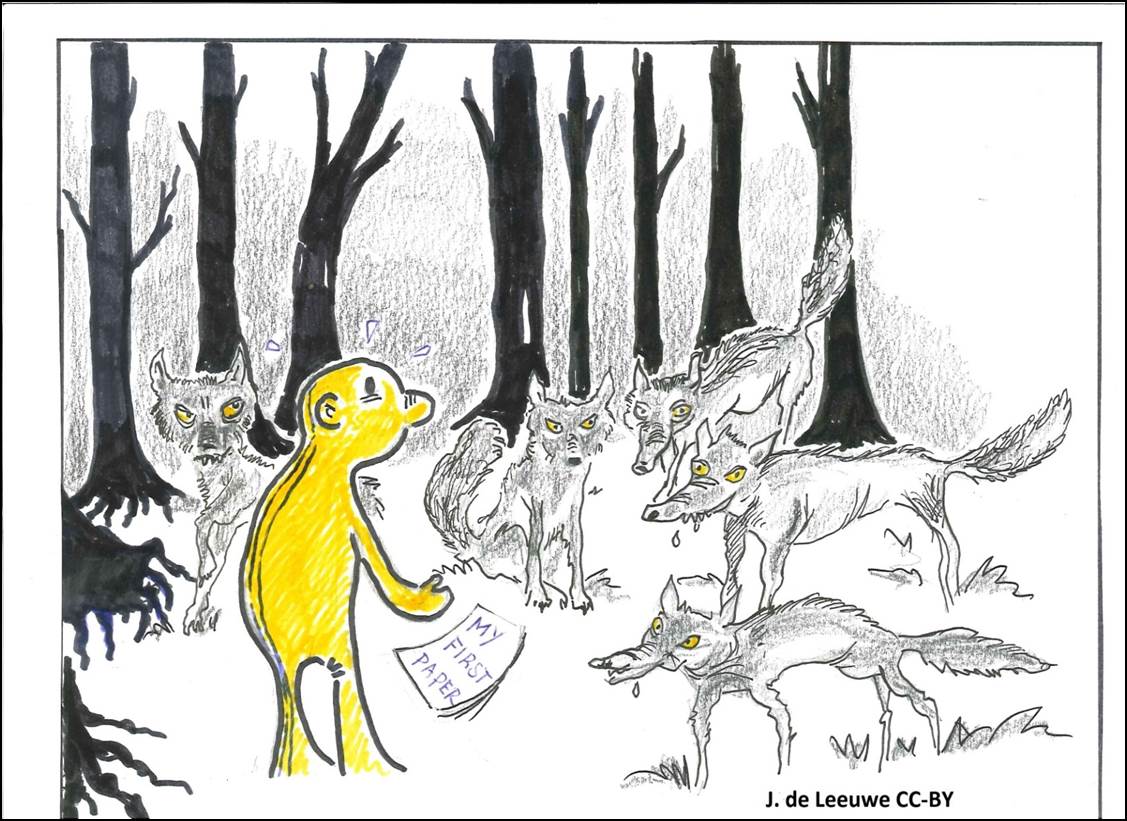Quality
Quality issues concerning open access journals
When choosing a scientific open access journal to publish in, a researcher is chiefly guided by the quality of the journal. Some journals present themselves as bona fide open access journals, but turned out to be "predatory journals" that are looking for researchers' money to publish. They have given open access a bad reputation in the past. Nowadays there is a wide range of high-quality open access journals. To assess the quality of an open access journal, researchers may consider the following points:
- Does the magazine have a well-defined subject area that is clearly stated on the website?
- Are researchers and science teachers the primary target group? Are they also named that way on the website?
- Who is on the editorial board? Are they renowned and well-known researchers from the field?
- Is the magazine affiliated with or sponsored by a renowned scientific institute or scientific society?
- Does the content of the articles correspond to the subject area of the magazine and does the content meet the standards of the field?
- Are all OA fees clearly and unambiguously stated on the magazine's website?
- Do all articles in the magazine have a DOI (Digital Object Identifier)?
- Does the magazine clearly state (per article) the (re) use rights (eg Creative Commons CC BY licenses)?
- Does the magazine have an ISSN (International Standard Serial Number)?
- Is the publisher a member of the Open Access Scholarly Publisher Association?
- Is the journal included in the Directory of Open Access Journals (DOAJ)?
The impact factor
The impact factor for the journals is stated in the Web of Science and Scopus. These scientific search systems only list journals with impact factors. Open access journals are sometimes not long enough to have an impact factor. Does an OA journal not exist in these systems? That does not mean that it is qualitatively below par. You can do further research in some other databases of information.
Directory of Open Access Journals
Peer review is at the basis of quality assurance of scholarly journals. All journals in the Directory of Open Access Journals (DOAJ) exercise a form of peer-review or editorial quality control to guarantee the content. In 2014 DOAJ launched the DOAJ Seal. Journals can apply for this seal using the Journal Application Form. It is clearly visible in the magazines if they have the DOAJ Seal.

Directory of Open Access Books
The Directory of Open Access Books (DOAB) refers to open access books on the websites of the publishers. These are peer reviewed books published under an open licence (mostly CC licences), so the books are 'free to read' and 'free to share'. January 2017 DOAB contains more than 33.000 books from over 400 publishers.

Quality Open Access Market
Quality Open Access Market (QOAM) provides transparent information about the quality. The Base Score Card provides information and an opinion about the publisher and the organization of the publication process. The way in which the peer review is arranged is an important criterion on which to assess. Qoam provides information about fully open access journals as well as hybrid journals, in which part of the articles become available in open access.

More information in the Frequently asked questions.
Think Check Submit
Think Check Submit is a relatively new initiative. The website does not offer lists, but it helps researchers to identify high-quality journals and avoid predatory magazines. Researchers can use a checklist to rate a journal or publisher.


You are here
Dutch National website providing information for academics about the advantages of open access to publicly financed research








